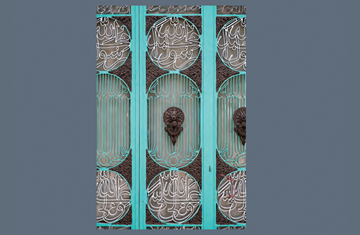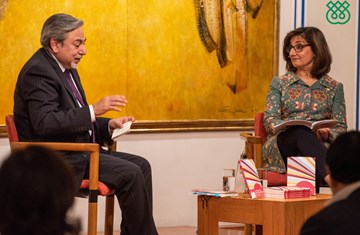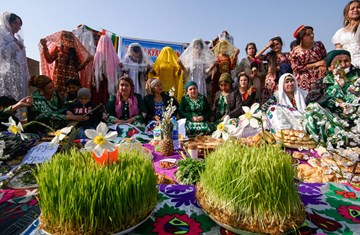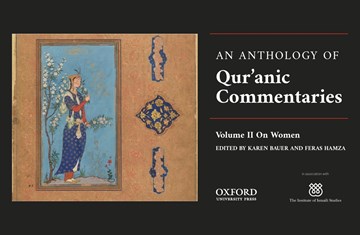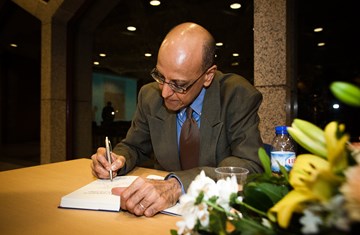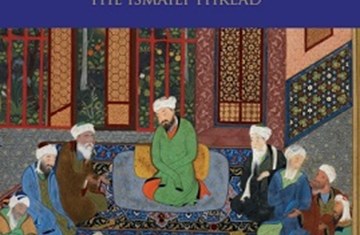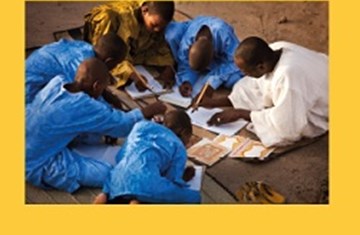Institute’s scholars contribute to a ‘Historical Atlas of Islam’
A ‘Historical Atlas of Islam’ was published by Harvard University Press in May 2004. In this beautifully illustrated work, Dr. Malise Ruthven, in collaboration with the Institute’s Director, Professor Azim Nanji, has consolidated an eminently accessible account of various facets of Islam and Muslim societies.
This informative atlas explains the evolution of Muslim societies from the beginning of the mission of the Prophet Muhammad up to contemporary times. Short essays cover a wide variety of themes, including philosophy; art and architecture; trade, commerce, and manufacturing; marriage and family life; ritual and devotional practices; spaces of worship; Sufism; trends in Muslim thought; the impact of colonial domination; and Muslim populations across the world.
Ninety-four full-colour maps and more than sixty illustrations detail the changing internal and external boundaries of the Muslim world, showing the principal trade routes through which goods, ideas, and customs travelled. The atlas traces the histories of various Muslim dynasties and shows the distribution of communities of interpretation and the splendour of Muslim cities.
A number of articles in the atlas have been contributed by the Institute’s scholars, including Dr. Farhad Daftary (pp 50-51), Dr. Nader El-Bizri (pp 38-39), Dr. Zulfikar Hirji (pp 76-77, 152-153), Dr. Josef Meri (pp 36-37), Dr. Sarfaroz Niyozov (pp 94-95), and Nacim Pak (pp 188-189).
Written in easily accessible language and illustrated with beautiful maps and images, this timely atlas would serve as an excellent resource for anyone interested in understanding Islam and Muslim societies.

